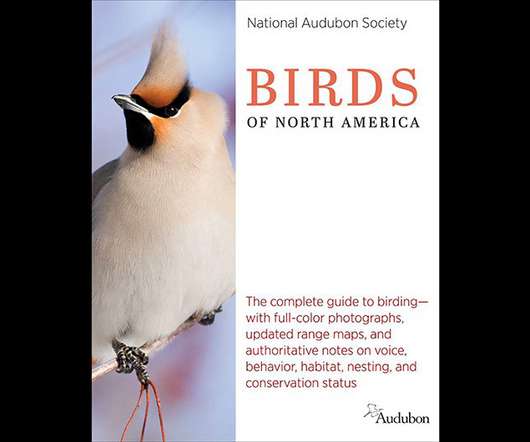Why Red-ruffed Fruitcrow?
10,000 Birds
AUGUST 4, 2014
Sometimes, they even have the same species… I’m looking at you, House Wren ! While this low-density species may be declining across its wide range, BirdLife International still considers it of Least Concern. Encountering this stunner, one of the largest passerines in South America, raises a number of questions.












Let's personalize your content